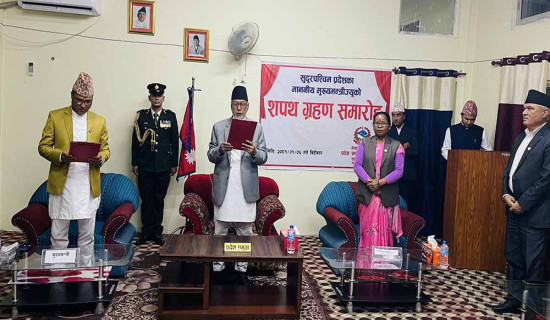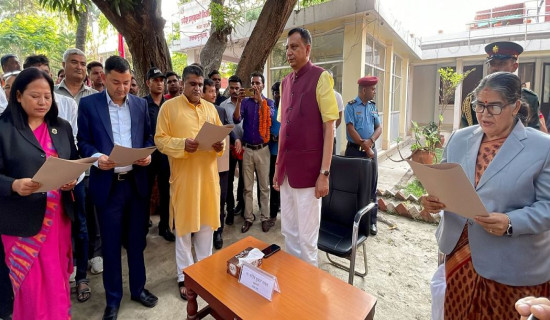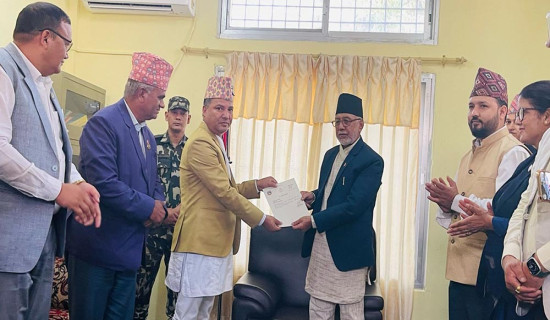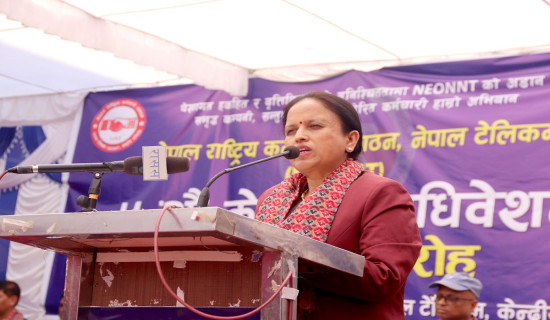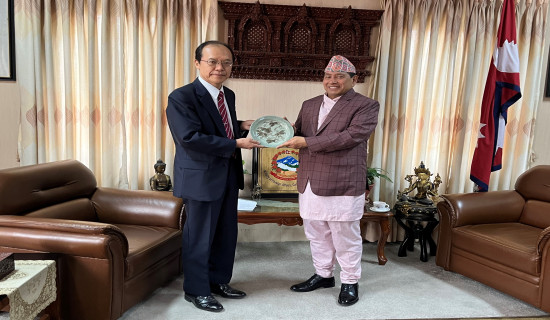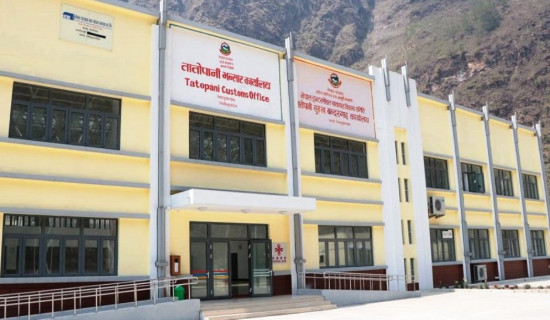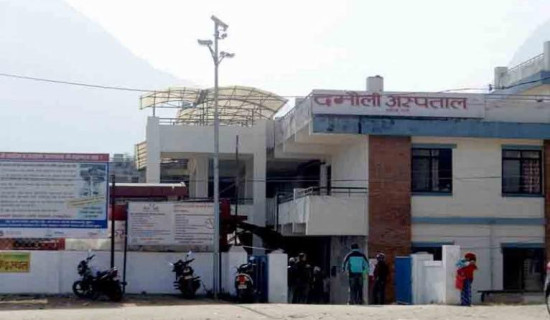- Friday, 19 April 2024
Power Infrastructure
At a time when the nation is making major strides in electricity generation and export, building reliable transmission lines has gained timely prominence. Nepal has already exported electricity worth billions of rupees to India within a few months and possibilities have emerged for power trade also to Bangladesh. It is indeed a positive development in the energy sector that Nepal Electricity Authority is encouraging its domestic consumers to use as more power appliances as possible at home and offices to make maximum consumption of electricity. This is a testimony of the fact that we have left behind a critical energy scenario when people had to suffer under nagging power deficit and load-shedding. Nepal seems to have entered a proud stage of power self-sufficiency but some shortcomings still remain. Undeclared power outages happen time and again which stand as a vexing problem faced by the consumers. More often, such a problem is related to deficiencies in distribution system and transmission lines rather than the generation itself. This calls for putting ample focus on power distribution infrastructure so that hitches in power supply comes to a stop for good. In this respect, the opening of 132 kilovolt Butwal-Lumbini electricity transmission line comes as a major stride in power supply sector.
Use of fossil fuels has emerged as something that has to be discouraged and the nation should strive hard to develop alternative clean energy for self-reliance. The prices of petroleum products have skyrocketed after Russian invasion of Ukraine. Nepal has been pouring billions every month to import petroleum fuels. This import must be substituted and the dependency on fossil fuels need to be drastically reduced in order to save the depleting foreign exchange reserve. This switch is necessary also for cleaner environment. Nepal can take pride in its huge potential in hydropower production which is a clean energy. The challenge, however, lies in increasing generation capacity which calls for large investments. Development of hydropower can be a driver for overall development of the country. It saves our money, makes us energy self-sufficient, helps keep the environement clean and earn foreign currency from export. Within months, Nepal was able to earn more than Rs. 6 billion by exporting electricity to India. This was possible because the nation was able to generate power more than it needed. But to make sure that power export continues in smooth manner, it is very important to build reliable transmission infrastructure.
From last fiscal year, Upper Tamakoshi Hydropower Project started the generation of 456 megawatt electricity and in the same year a total of 735 megawatt of power was added to the national grid. This progress in hydroelectricity generation and the India visit of Prime Minister Sher Bahadur Deuba in early April this year, where significant power trade agreement took place, opened the door for power trade. NEA plans to add about 700 megawatt hydropower to the national grid this fiscal year too. The government recently established a company to construct the 1,200 MW Budhigandaki Hydropower Project. This multipurpose reservoir type hydropower project will be a milestone in power generation in the country. Currently, the nation is able to export surplus power to India during the rainy season but still has to import power from India during dry season to meet its deficit. But this situation will change as NEA has a projection that Nepal will no longer have to import electricity after two years.









